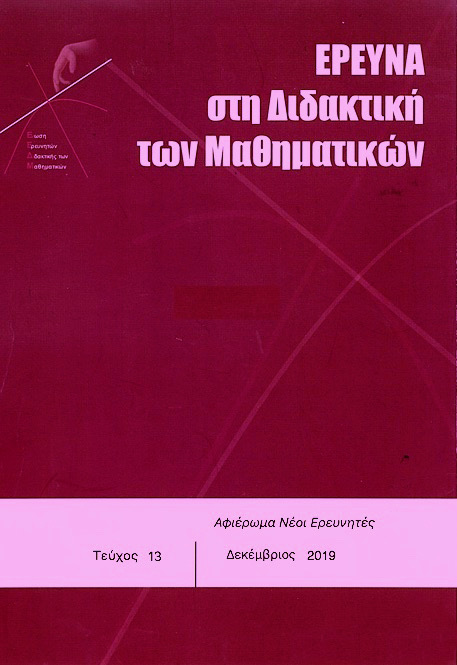MATHEMATICAL LITERATURE AS A TOOL FOR UNDERSTANDING RATIONAL NUMBERS

Abstract
Rational numbers are a cornerstone of mathematics and mathematics education. Mathematics education research has identified great difficulties understanding rational numbers and has recorded a variety of errors, misconceptions and negative attitudes towards them. In this study an attempt to use Mathematical literature as a mean to address certain difficulties, misunderstandings and attitudes with rational numbers. The first author has written a mathematical story named "Ταξίδι προς το Μηδέν (Traveling to zero)" approaching ordering and density of rational numbers in an alternative way. In order to test this story as an educational instrument, questionnaires were given to 6th graders from Greece, in pre/post test design and individual semi-structured interviews were conducted. The results showed that a mathematical story could help students address their misconceptions with rational numbers and also to improve their attitudes towards them.
Article Details
- How to Cite
-
Μαρής (Dimitris Maris) Δ., & Χρήστου (Konstantinos Christou) Κ. (2019). MATHEMATICAL LITERATURE AS A TOOL FOR UNDERSTANDING RATIONAL NUMBERS. Research in Mathematics Education, (13), 46–67. https://doi.org/10.12681/enedim.21967
- Section
- Young Researchers

This work is licensed under a Creative Commons Attribution 4.0 International License.
Authors who publish with this journal agree to the following terms:
Authors retain copyright and grant the journal right of first publication with the work simultaneously licensed under a Creative Commons Attribution licence that allows others to share the work with an acknowledgement of the work's authorship and initial publication in this journal.
Authors are able to enter into separate, additional contractual arrangements for the non-exclusive distribution of the journal's published version of the work (e.g. post it to an institutional repository or publish it in a book), with an acknowledgement of its initial publication in this journal.
Authors are permitted and encouraged to post their work online (preferably in institutional repositories or on their website) prior to and during the submission process, as it can lead to productive exchanges, as well as earlier and greater citation of published work (See The Effect of Open Access).



